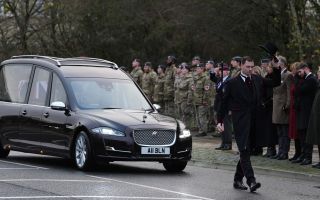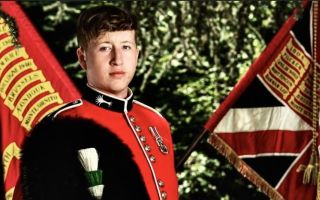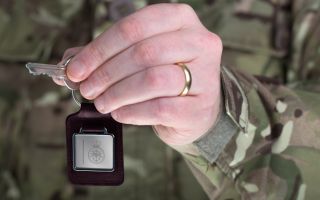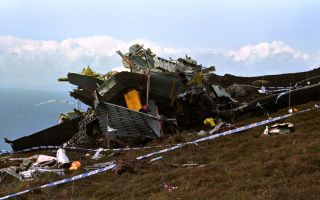Missiles fired and rockets launched as British Army shows off its firepower in Finland
The British Army has been showcasing its firepower from both the land and the air during a major exercise on Nato's eastern flank.
Hundreds of UK personnel are deployed on Exercise Northern Strike alongside Finland and Sweden, the alliance's two newest allies, to show off their joint capabilities.
The Army Air Corps' new AH-64E Apache helicopters fired Hellfire missiles and 30mm guns to simulate close support to allies, while the soldiers from 3rd Regiment Royal Horse Artillery brought their Multiple Launch Rocket System.
The MLRS has been proven in battle in the war in Ukraine, but its use on the Nato exercise was the first time the British Army had fired the system on European soil alongside the Apaches.
Armed Forces Minister Luke Pollard said the exercise "demonstrates our unshakeable commitment to Nato".
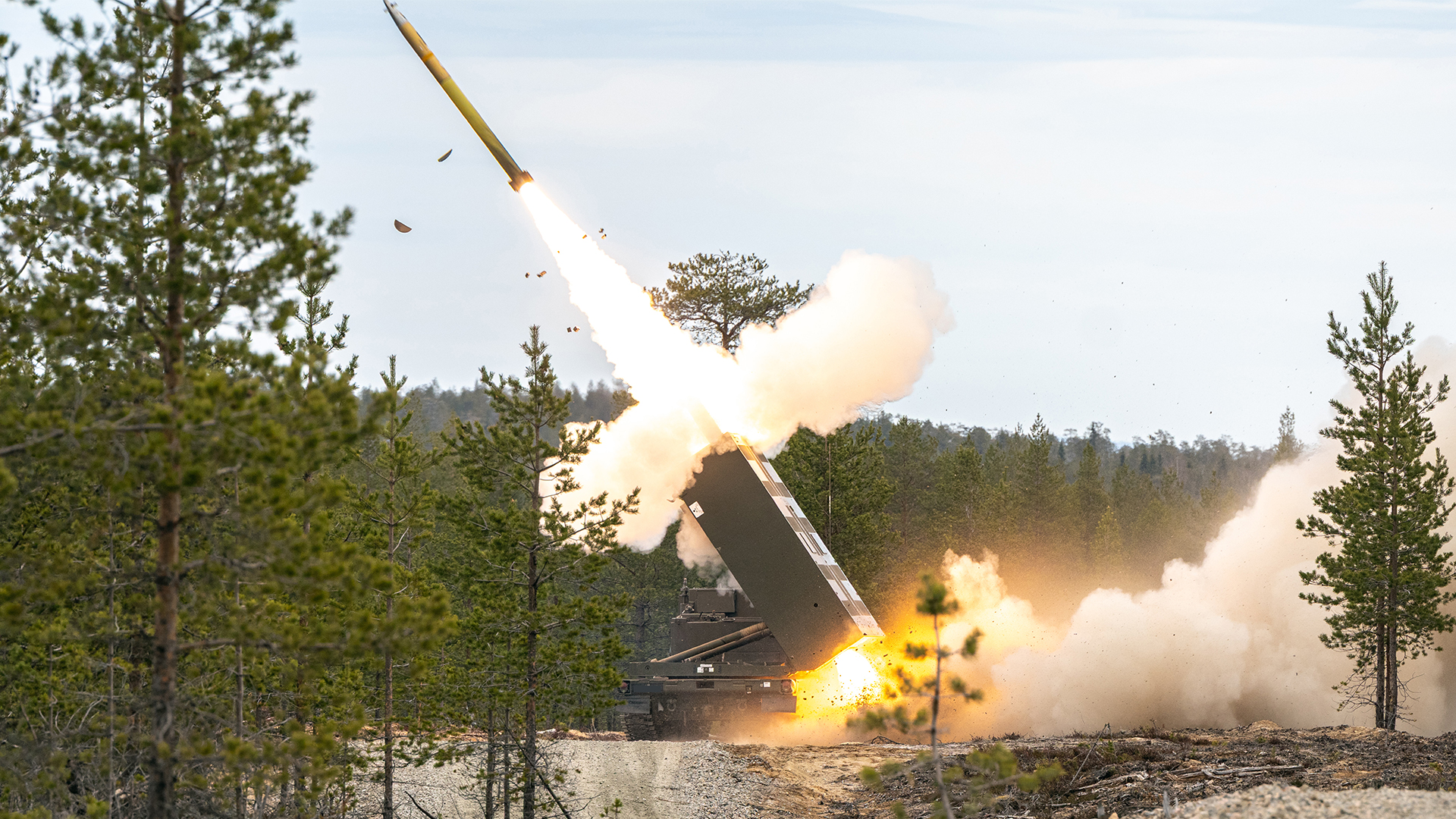
"From the skies over Poland to the northern reaches of Finland, the UK is standing shoulder-to-shoulder with our allies in leading the way in defending Nato's eastern flank," he said.
The exercise also involves Finnish F/A-18s carrying out a live bombing run, Swedish Arthur counter-battery fire radar and Swedish Archer artillery.
The exercise shows both the strength of UK capabilities and interoperability with its Nato allies.
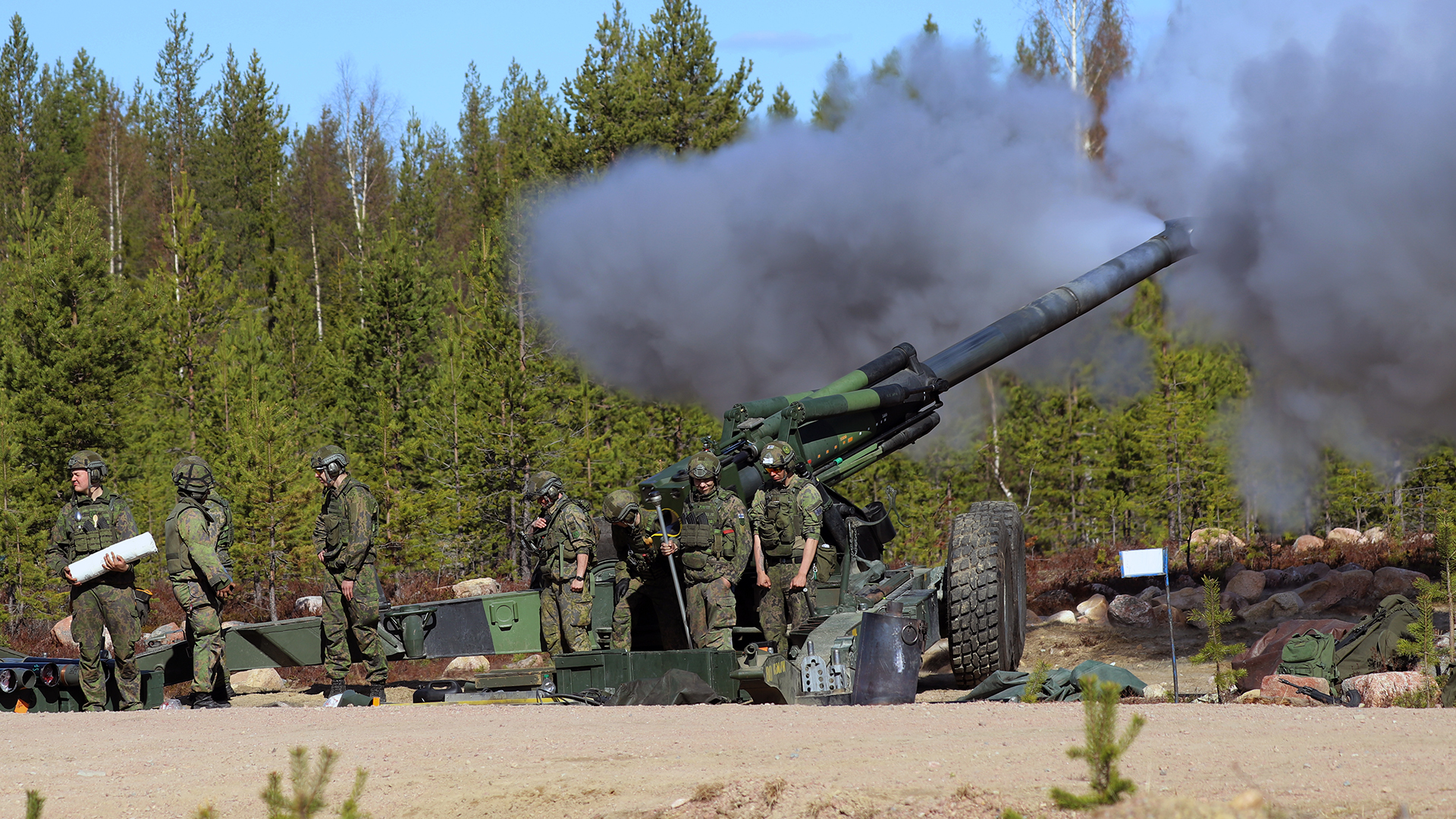
Exercise Northern Strike is part of a wider operation to secure Nato's eastern flank - Operation Razoredge.
Razoredge is made up of 13 exercises involving 13 Nato allies across six countries.
The UK has contributed assets across air, land and sea with over 6,000 UK personnel taking part alongside 16,500 allied troops.
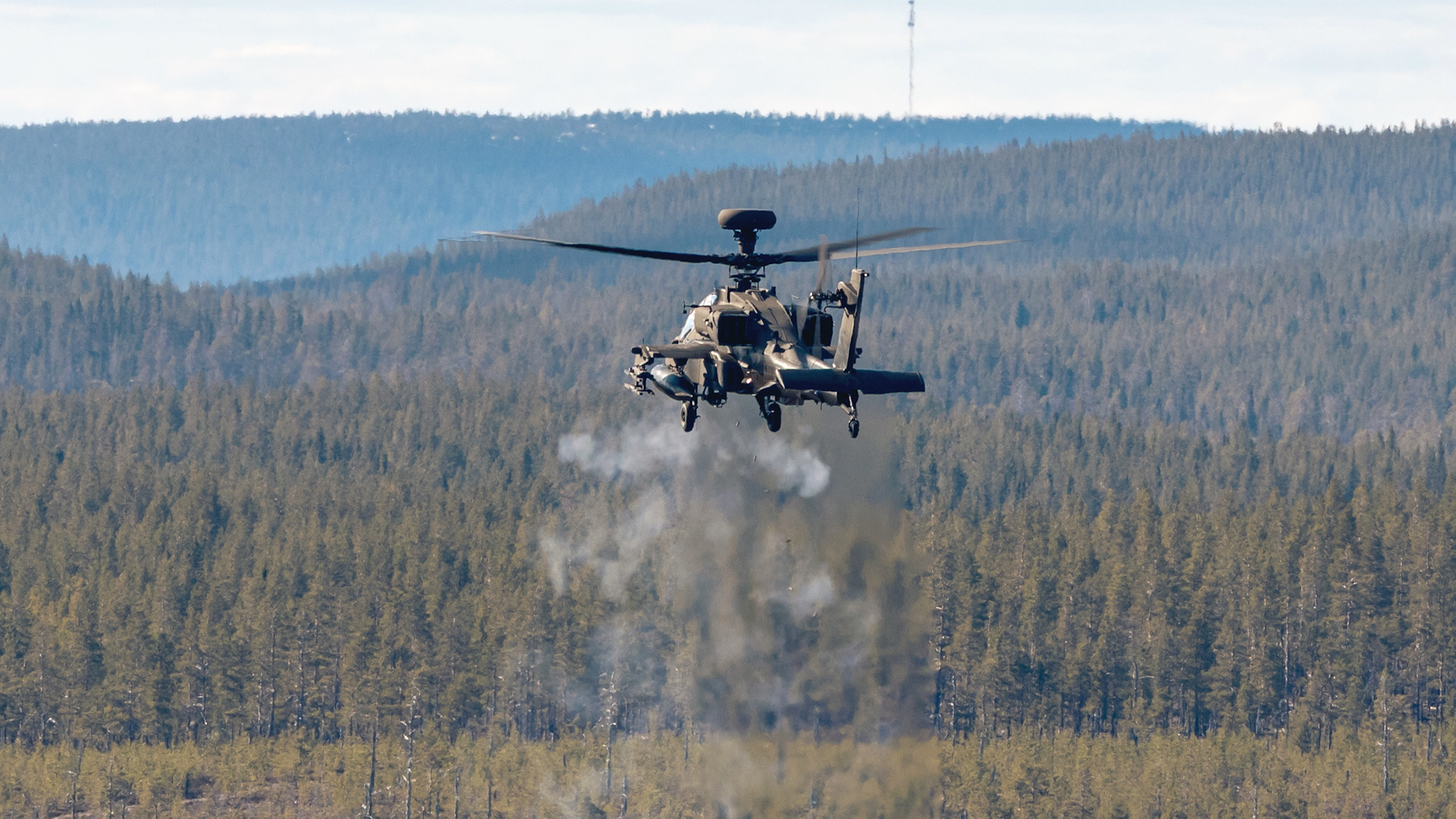
Operated by 4 Regiment Army Air Corps, the E variant is the most modern iteration of the AH-64 Apache, making it one of the most lethal attack helicopters in the world.
In addition to its battlefield tole, the Apache also supports jobs across the country at the Army Aviation Centre in Hampshire and Suffolk.
UK industry also plays a key role with 75 British companies contributing a range of critical components to the aircraft.


